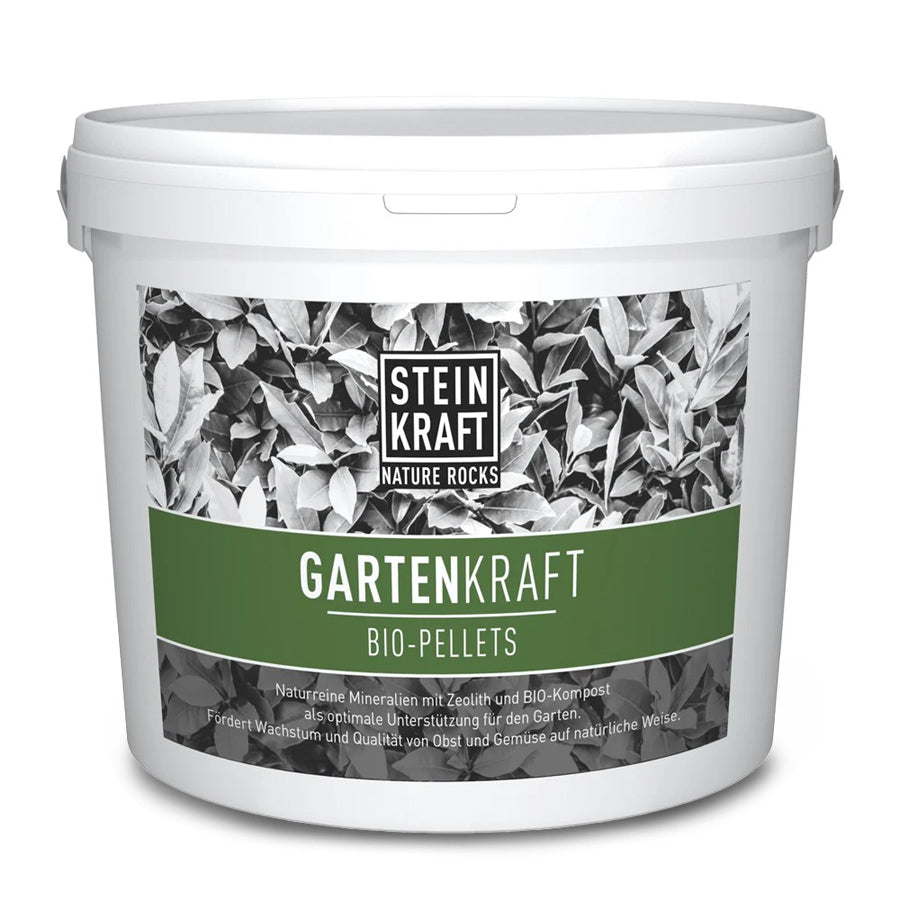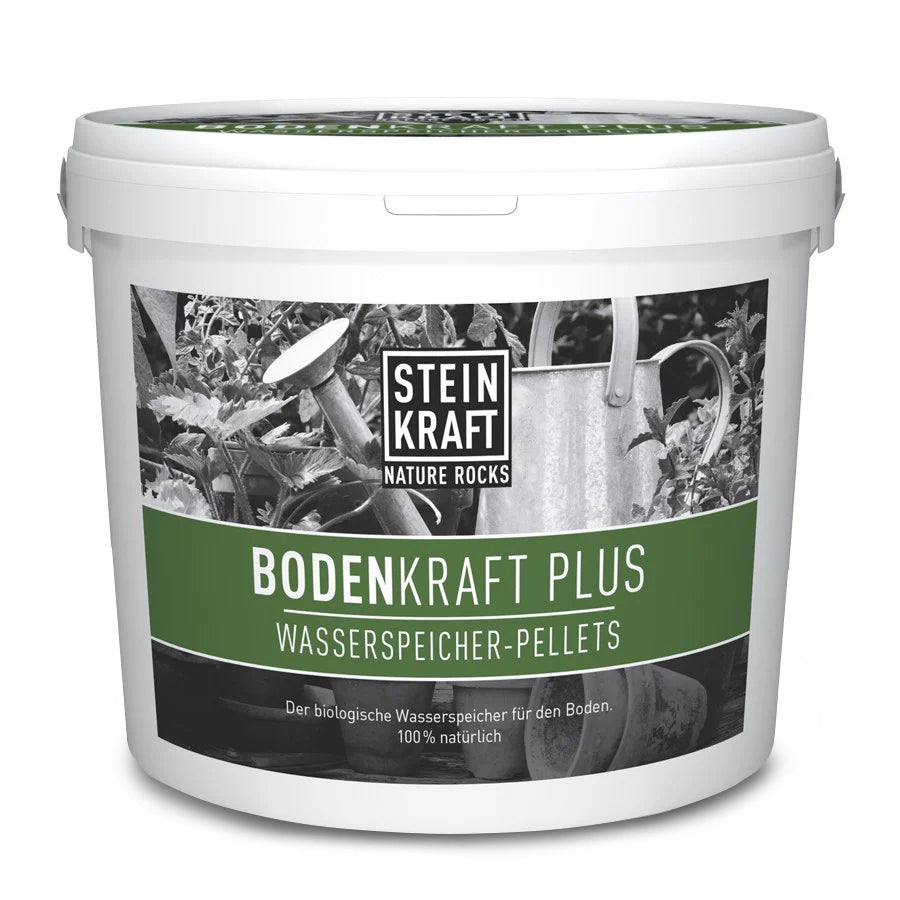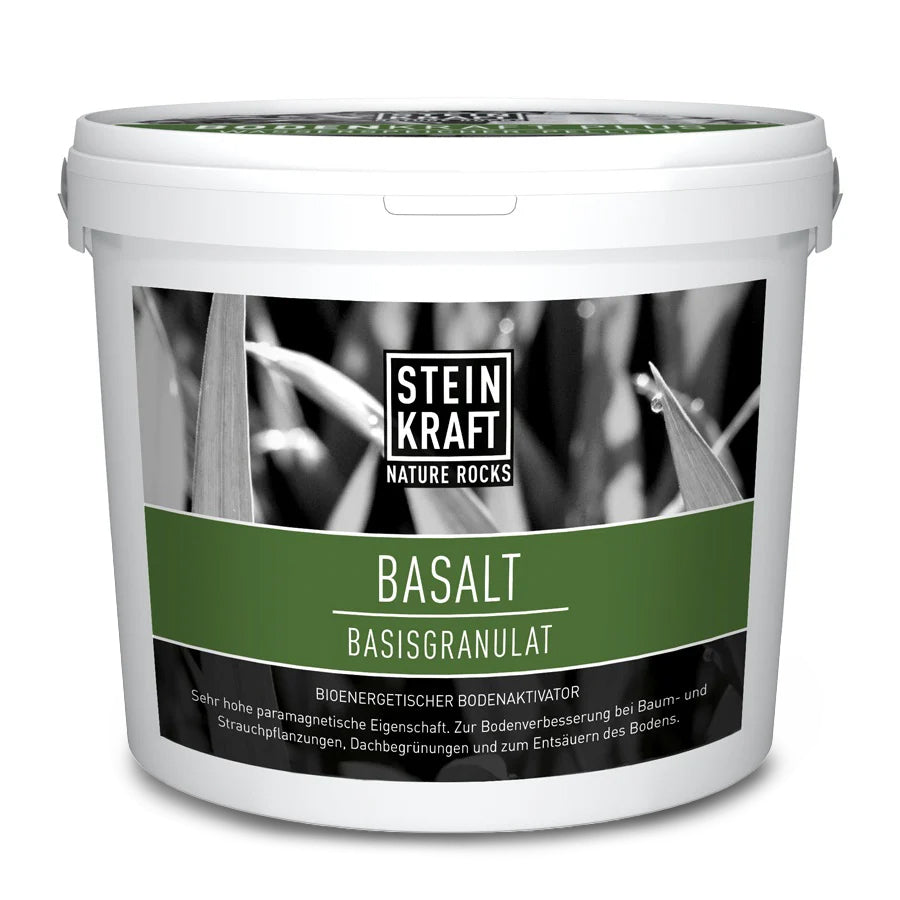Recommendations for soil cultivation
1. Let it be: Fertile soil is a living tissue that, like our body, maintains its high state of order through a dynamically flowing metabolism, self-regulation and communication.
The best tillage is carried out by the edaphon. Soil organisms mix, aerate, digest, cement, and aggregate the soil in an inimitable, ingenious way. And we don't have a single device that works vertically and aerates and drains at the same time—only earthworms can do that.
2. Blend in : The better the soil's vitality and buffering capacity—comparable to our immune system—the less important it is which tools are used—and vice versa. What's crucial is a diverse plant community of main crops, cover crops, and weeds, especially their root development, and a closed organic matter cycle.
The ever-increasing power of technology should not tempt us to try to get a grip on nature and the soil.
3. Attention : Humic substances are protein-like compounds. And recent research shows that protein can be altered in its form and functionality by waves of light or music. Plants and soil animals also react highly sensitively to a wide variety of environmental stimuli.
Therefore, for soil - as for us humans - not only a good supply of light, air, water, warmth and nutrients is vital, but also care, communication and empathy.
In a few years, autonomous robots will be roaming our fields, just as they already do on our lawns. We should consider rules and limits for their use so that a potential blessing doesn't turn into a curse.
4. Technical diversity : The more one-sided the mechanical intervention in the soil, the more one-sided the counteraction of nature. For example, with primarily shallow tillage, different weeds and microbial communities are selected than with deeper or turning tillage. A variety of equipment also increases diversity here.
5. "Stay in the tillage": The soil should always be tilled only to such a depth and intensity that the uppermost, most biologically active zone is not destroyed or buried in oxygen-poor areas. The more stable the crumb and the deeper this active tillage zone is developed, with a correspondingly high air void content, the deeper the tillage can be achieved without changing the stratification.
6. Work gently: The decisive factor for working gently is less the amount of soil volume moved than the impact speed of the tools on the crumbs. Humus decomposition through tillage primarily occurs at the microscale, where clay-humus complexes are mechanically broken down and the organic matter stored within them is mineralized.
7. Work homogeneously : When incorporating organic matter, it is very important to ensure it is well-chopped and mixed in evenly to ensure the largest possible contact surface with the soil and its living organisms. The deeper the incorporation, the more important this is. Otherwise, oxygen-deficient zones will develop in the soil, from which nitrogen is released and rot occurs.
8. Choose the right time: Before mechanical cultivation, you should always dig with a spade, "feel" the soil, and assess moisture, temperature, and smell with your senses. It's not possible to make coherent decisions about the most gentle soil movement from the tractor cab or with the help of new sensors.
9. Avoid compaction: Soil compaction and shearing (smearing) can only be avoided if the soil is sufficiently dry. Furthermore, the massive impact of heavy machinery on the subsoil is often underestimated. Wider tires are of no use here; only weight counts.
And since climate change and its extreme weather events are accelerating dramatically, only smaller farms with lightweight technology and great flexibility in processing will be able to maintain food production in the future.
10. Living construction after tillage: Every tillage damages the earth's natural skin, which requires time and care to heal. The faster the soil is revegetated and rooted, the better its regeneration and productivity.



















